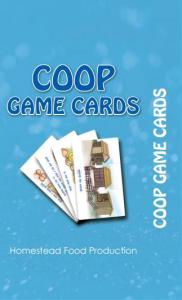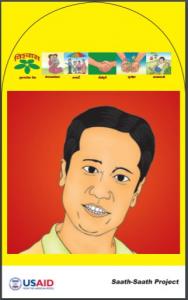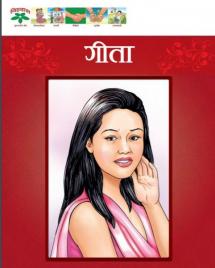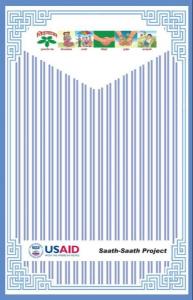Climate Action Superheroes
Climate Action Superheroes aim to educate and engage children on how to help limit global warming and take care of the environment. Each of the missions has downloadable content including activities to be done by the child with the help of an adult.
The game and campaign are aimed at mobilizing children under 12 to recycle and to save water and energy. The rainbow of quirky superheroes is armed with advice on the steps youngsters can take towards meaningful action for themselves, and their families.
They include the Energy Expert, Recycle Ranger, Green Guide and Water Wizard, who will engage children, and parents, in fun missions on topics such as reducing single-use plastic, saving energy and conserving water.
Source: United Nations
Date of Publication: November 11, 2020
SIMILIAR RESOURCES
Tools
Examples
- MULTI-SBC: The Programmatic Aid for Multi-Sectoral Integration of SBC for FP Practitioners
- Gapminder
- The Behavior Change Framework
- Water, Sanitation and Hygiene: 10 Reasons WASH is a Pathway to Gender Equality and the Empowerment of Women and Girls
- Advancing Gender in The Environment: Gender in Fisheries—A Sea of Opportunities
- WASH FIT / WASH FIT Mobile
- Climate Change: Time to think "Family Planning" Toolkit
- Population Health & Environment Toolkit
- Population, Health, and Environment Basics
- Integrating Family Planning into Other Development Sectors










